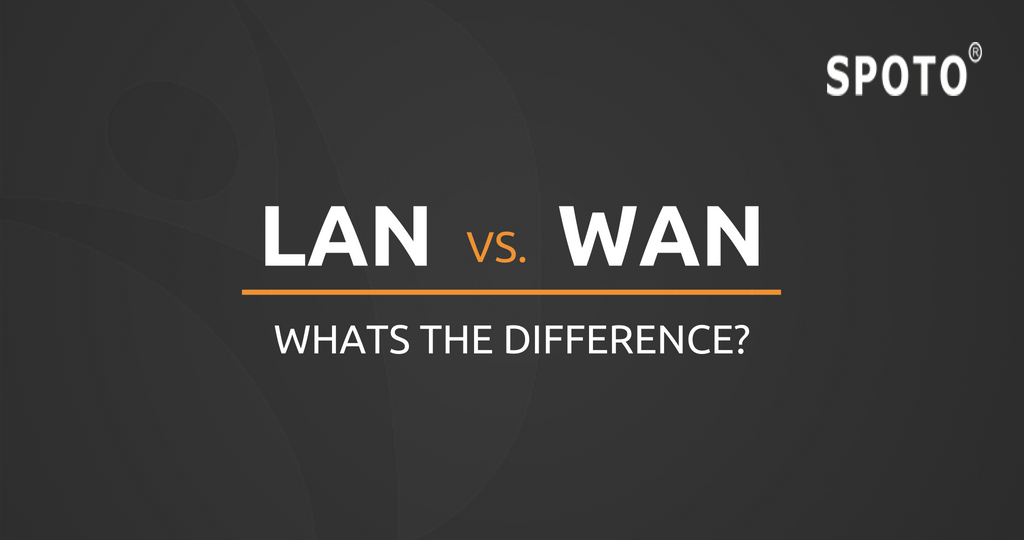We divide the network into two types: local area network (LAN) and wide area network (WAN). These two networks are usually classified according to their coverage areas. if you have mastered the difference between Lan and WAN, and you can take the CCIE RS LAB certification exam easily.
Usually, local area networks exist in residential or university campuses, while vast regional networks exist in many office buildings far apart. Office buildings in WAN may be located in different countries or even continents. For example, headquarters may be in the United States, regional offices may be in the United Kingdom, and branches may be in India. Workers in these three buildings use wide area networks to collaborate with each other. The Internet can also be seen as a typical example of WAN, Ethernet.
In LAN, computers, and hardware such as printers can be connected via cables (copper wires), fiber optic cables (fiberglass), or wireless (radio waves) connections.
LAN and WAN play different roles in the network. But what are their main functions and differences? Here, let' us check the main points of LAN and WAN.
LANs, Advantages
Hardware such as a printer may be shared so that each workstation does not need its own printer. When you print, the data is stored in the queue of the server. And then passes the data to the printer. All users undefined work can be stored in a central location (dedicated file server) so that the user can access their work through any computer on the network.
The software can be shared; software packages are stored on the server and downloaded to workstations as required. Please note that you still need to purchase a license for each copy of the software you need.
We can share the data because database files stored in the server are available to users around the network; data from CD-ROMs can also be shared across the network.
Central backup can be done automatically on a regular basis. Users are usually able to retrieve erroneously deleted works.
Messages can be sent to people working on other computers on the network, which saves time and paper. You can set up a local inline on the KLB school network.
Information pages can only be accessed through LAN. An intranet is free because it does not involve telephone links. You can control user access to programs and data.
Disadvantages of LANs
The printing speed is very slow. If many workstations are served by only one or two printers, along print queue may occur. Viruses can spread more easily.
If the virus enters a computer, it is likely to spread quickly over the network because it will enter central backup storage.
With the sharing of data, the demand for security is increasing. Network users must have user ID and password authentication techniques. The unique user ID controls access to files and settings on the network, while passwords prevent unauthorized users from logging into the network. Data may also have to be encrypted so that it is meaningless at the time of interception.
If the server fails, all workstations will be affected. Work stored on a shared hard drive will not be accessible, nor will it be possible to use a network printer.
And the cost of the installation equipment is higher. The purchase and installation of the wiring may be expensive. Cable damage may isolate the computer. Some parts of the network may become isolated and cannot communicate with the rest of the network.
Because networks can be difficult to maintain, and a network manager may need to be employed to run the system.
We know that the wide area network is not limited to a building. Computers and terminals that form part of the network can be distributed throughout the world. An external communication link, such as a satellite, a microwave, a telecommunications link, and an optical fiber, will be used to connect portions of the wan. The connection must usually be paid because the link is external.
The Internet is a worldwide WAN and a LAN can be connected to it using a router.
WANs, Advantages
They are similar to the local area network, in addition to the scale of the share, and can be of the global scope. The drawbacks of WANs-they are similar to the downside of the LAN-only security issues become more important, as potential hackers can hack into the computer system from anywhere in the world without having to actually enter the building. It is necessary to encrypt secure data, such as financial transactions, as it is easier to intercept data. Modify the point-You should be able to do the following: Explain the meaning of the network, understand the benefits of a networked computer, define a LAN (local area network), and a WAN (wide area network), and discuss the advantages and disadvantages of each network.
Finally, I will show you a quick comparison between the LAN and the WAN.


 Join Telegram Study Group ▷
Join Telegram Study Group ▷














